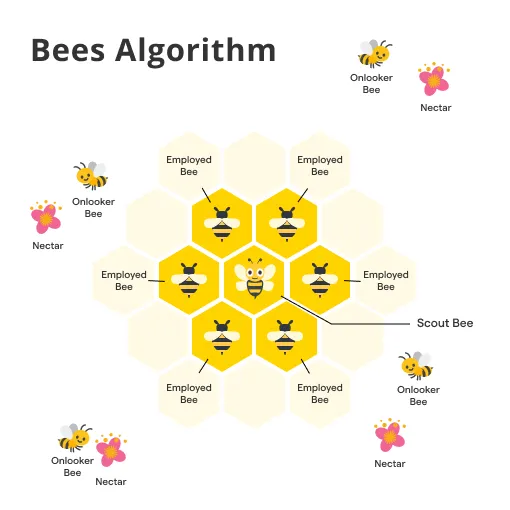What is the Bees Algorithm?
The Bees Algorithm is an optimization algorithm inspired by the intelligent foraging behavior of honeybees.
By mimicking the bees' natural quest for the best food sources, this algorithm hunts for the optimal solution within a given problem space.
How does the Bees Algorithm Work?
The Bees Algorithm operates through a colony of artificial bees, with each bee representing a possible solution.
Out of these, the workers fly around the search space, discovering new areas, while the scouts observe and follow the workers to the most profitable areas. The combined efforts gradually gravitate toward the best solution.
Importance and Benefits of the Bees Algorithm
Now that we understand what the Bees Algorithm is, let's contemplate why it's significant.
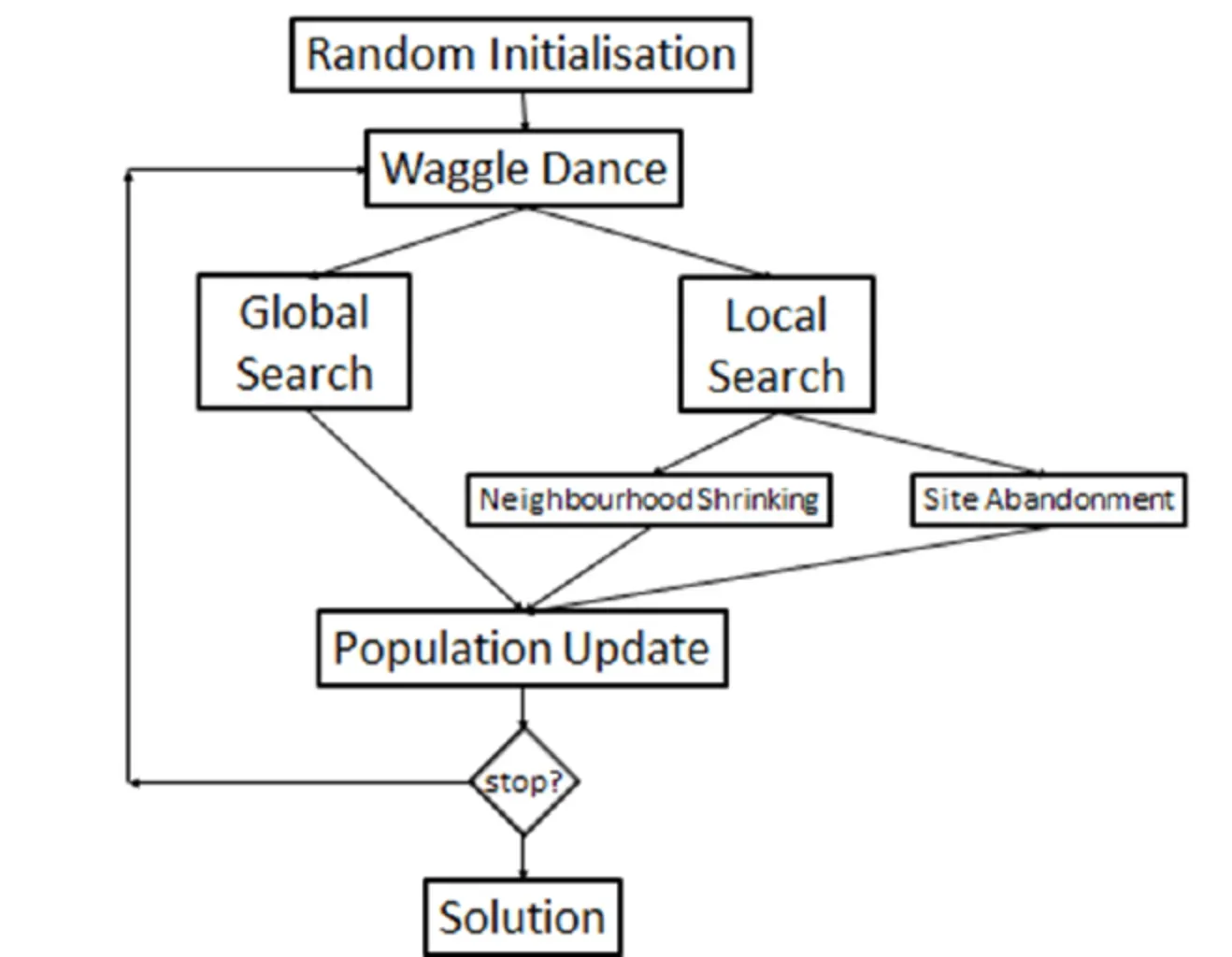
Efficient Optimization
The Bees Algorithm facilitates highly efficient optimum finding processes. It is particularly good at multimodal function optimization – finding the global optimum among multiple possible optima.
Scalability and Flexibility
The Bees Algorithm can be scaled up or down as per the complexity of a problem.
It can flexibly adjust the balance between exploitation (pursuing the existing best solution) and exploration (discovering new potential solutions) to opt for the best approach.
Core Components of the Bees Algorithm
The Bees Algorithm, much like the natural behavior of bees it models, operates with certain components at its core.
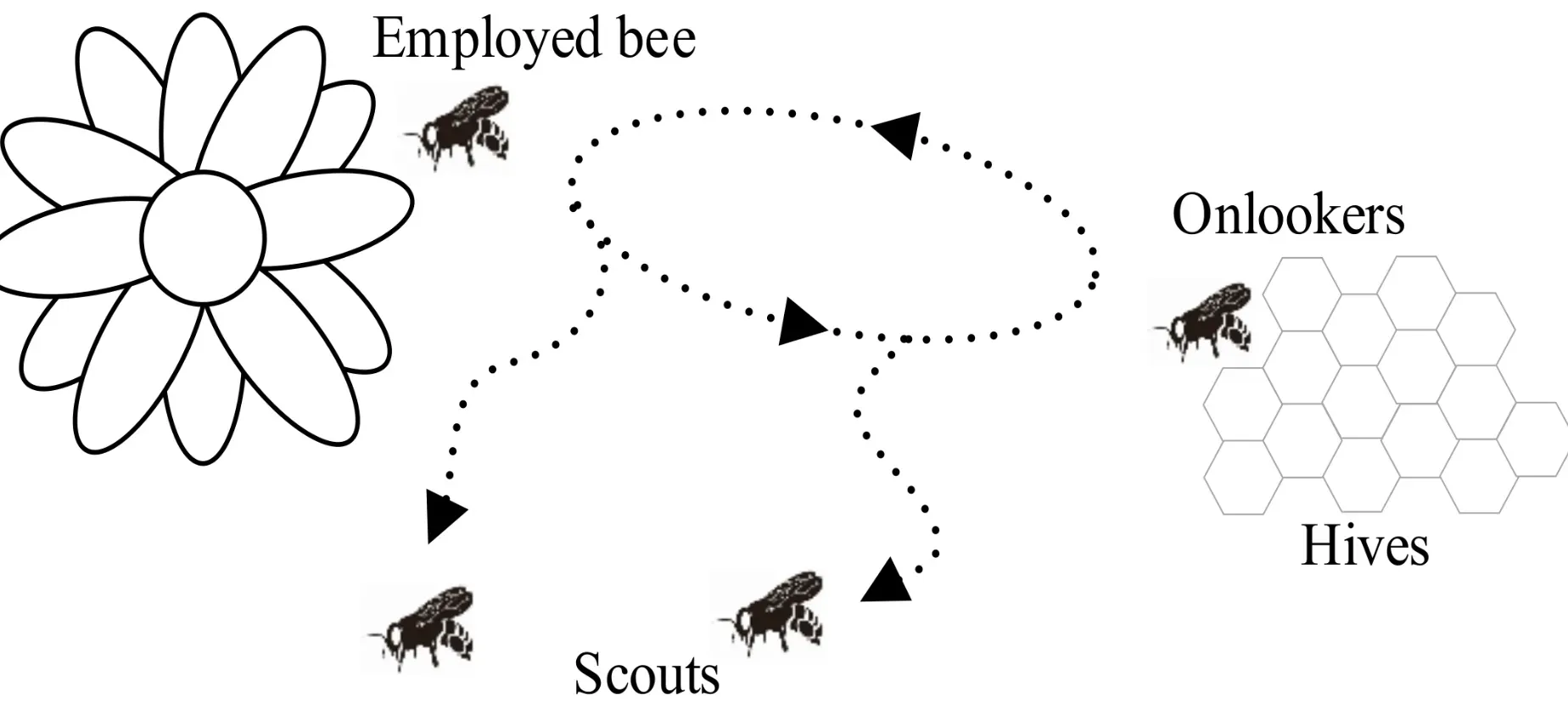
The Hive (Source)
A central part of the algorithm works as the hive where bees rest. Bees return here after their foraging flights, sharing the information about the meal sources they visited and thus influencing the future paths of other bees.
Workers and Scouts
In the Bees Algorithm, there are two types of bees—a portion of bees work as scouts exploring the search space randomly, while the rest, the workers, exploit the existing rewarding areas.
Processes in the Bees Algorithm
To gain a deeper appreciation for the Bees Algorithm, one needs to look at the processes that underpin it.
Exploration and Exploitation
In the Bees Algorithm, exploration and exploitation play pivotal roles.
Exploration involves the search for completely new regions, done by scout bees, whereas exploitation entails looking further around the known areas of high reward, which is carried out by worker bees.
Recruiting and Fortuity
Recruiting is the process in which a bee communicates with other bees about a discovered valuable source.
The fortuity of a specific site is another crucial aspect, which is the measure of a location's profitability and thus forms the basis for recruiting other bees.
Applications of the Bees Algorithm
Proving the Bees Algorithm's value are its diverse applications. Let's outline a few noteworthy ones.
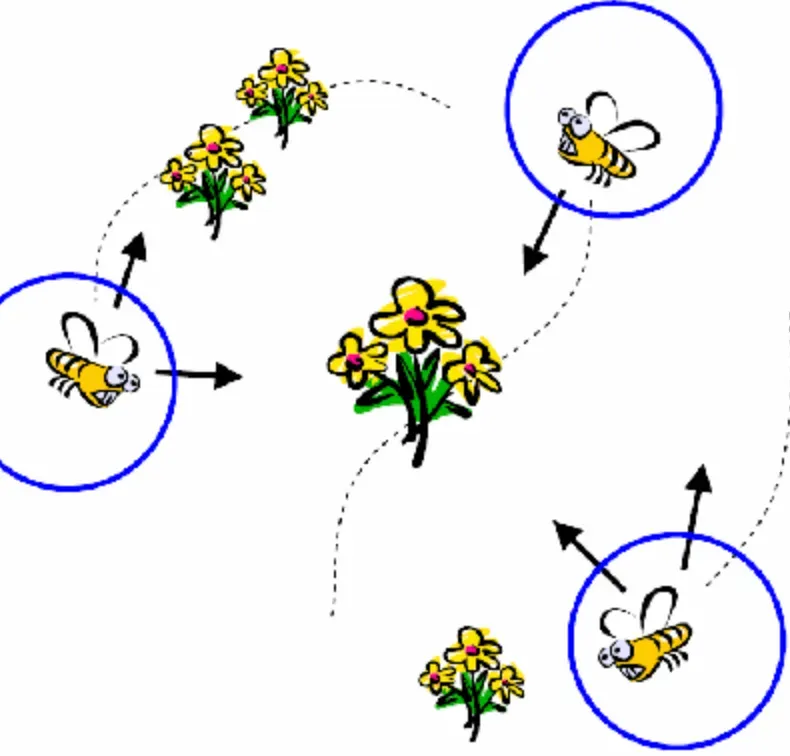
Engineering Optimization
In engineering, the Bees Algorithm can optimize design issues. For instance, it can help to optimize the dimensions, materials, and arrangement of components in a mechanical design problem.
Machine Learning and Image Processing
Bees Algorithm is heavily used in machine learning tasks – training artificial neural networks, feature selection, etc. It has also found applications in image processing, optimizing image quality, and segmentation.
Limitations and Challenges of the Bees Algorithm
The Bees Algorithm, despite its extensive usefulness, has its fair share of limitations and challenges.
Convergence Speed
Although the Bees Algorithm is efficient in finding optimal solutions, its speed can be a concern.
Depending upon the complexity of the problem, the algorithm might require considerable iterations to converge on the best solution.
Parameter Adjustment
The performance of the Bees Algorithm can be highly influenced by the correct choice of its parameters.
It requires trial and error or expert knowledge to fine-tune these parameters, which could be time-consuming.
The Bees Algorithm and Other Algorithms
By comparing the Bees Algorithm with others of its kind, we can further appreciate its uniqueness and advantages.
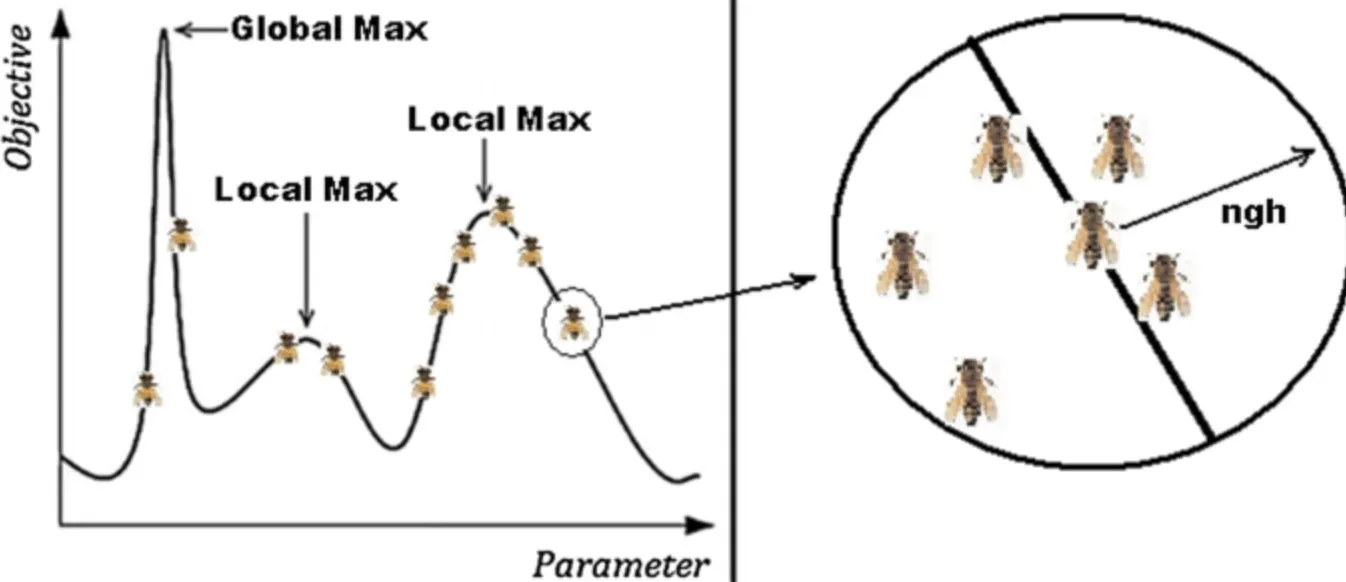
Bees Algorithm vs Particle Swarm Optimization
While both are nature-inspired algorithms, Particle Swarm Optimization (PSO) employs the social behavior of birds flocking, whereas the Bees Algorithm leverages the foraging behavior of bees.
The Bees Algorithm often excels in avoiding local optima— a drawback commonly found in PSO.
Bees Algorithm vs Genetic Algorithms
Although both Genetic Algorithms and the Bees Algorithm belong to the group of swarm intelligence algorithms, the Bees Algorithm can often find optimum solutions faster and more reliably due to its direct communication and explicit actions based on profitability.
Frequently Asked Questions (FAQ)
How does the Bees Algorithm compare to other optimization methods like genetic algorithms or particle swarm optimization?
Bees Algorithm shares similarities with genetic algorithms and particle swarm optimization in that they all use population-based approaches.
However, the Bees Algorithm distinguishes itself by mimicking the collective intelligence and communication observed in bee swarms, which can be advantageous for certain types of optimization problems.
What are the typical challenges when implementing Bees Algorithm in real-world applications?
Implementing Bees Algorithm effectively may require careful tuning of parameters and a good understanding of the problem domain.
The algorithm can also be sensitive to the choice of local search heuristics, so finding the right balance between exploration and exploitation is key.
Is Bees Algorithm suitable for large-scale optimization problems?
Bees Algorithm can be adapted for large-scale problems, but its effectiveness depends on the problem's characteristics and the available computational resources.
In some cases, hybrid approaches that combine Bees Algorithm with other techniques may be more suitable.
Are there any limitations to Bees Algorithm?
Bees Algorithm is not a one-size-fits-all solution. It may struggle with optimization problems that have discontinuous or non-differentiable objective functions.
Additionally, like many optimization algorithms, the quality of solutions found can be influenced by the choice of initial parameters.
Are there any real-world success stories using Bees Algorithm that demonstrate its effectiveness?
Yes, many real-world applications have benefited from Bees Algorithm.
For instance, it has been used in engineering to optimize complex structural designs, in transportation to improve route planning, and in finance to assist with portfolio management, all leading to cost savings and enhanced performance.
